Resolution 57 of the Politburo on breakthroughs in science, technology, innovation and national digital transformation has opened up opportunities for inventors like Mr. Trinh Dinh Nang, who has no degree or academic title but owns five valuable core technology patents.
“Resolution 57 aims to liberate thinking, remove barriers, and recognize creative capacity based on results, not just on degrees or organizational structures. It is a creative mindset in state management of science and technology, creating an open policy environment so that those who are passionate about science and self-study can still make positive contributions, if they are given the opportunity to experiment, connect, and transfer,” Mr. Nang expressed.
It is understandable why he is so happy, because for many years he has been alone on the path of scientific research. He is troubled when the country spends a lot of resources on research, but among them there are many scientific works "put in drawers" because they cannot be applied in practice.
"Whatever I do, I think about applying science and technology."
At a scientific conference held in 2019, a man with gray hair suddenly burst into tears. No one understood why he was crying, until he spoke very frankly: "The country invests too much money in science, but inventions cannot leave the laboratory, cannot become reality."
That man is Trinh Dinh Nang - an inventor who finished 7th grade, has no degree, no research institute, no modern laboratory, but owns 5 highly applicable patents. He has been invited to cooperate with many foreign enterprises with great support, but still chooses to keep the technology for Vietnam.
And behind those tears is a never-ending journey, the journey of a mind passionately searching and creating.
Inventor Trinh Dinh Nang
“I finished 7th grade, the rest I learned by myself,” Mr. Nang said lightly as if it were as simple as learning to ride a bicycle.
But behind that saying is a difficult journey. His family's economy was unstable, so he had to drop out of school early to follow his parents to work in the mountainous province of Bac Kan. Despite the lack of schooling, he did not give up on his studies.
He read books enthusiastically, did his own research, and then spent hours talking with chemistry and physics teachers in Thai Nguyen and Bac Kan. Knowledge, for him, did not come from the podium but from labor, experimentation, and practice.
As a worker at the Thai Nguyen Iron and Steel Factory, and later at the Bac Kan Wood Factory, he always had a special instinct: "When doing anything, I always think about applying science to increase efficiency."
At the Thai Nguyen Iron and Steel Factory, he had his first invention recognized and was awarded a large sum of money. That was a reward that, according to him, was “more valuable than a certificate of merit”.
One winter night in late 1996, while watching the Nobel Prize program on television, he saw the work on Fullerenes - a form of carbon with a hollow spherical structure. "I saw it and saw that it was of great value to mankind and it became the target of my next research. As a result, I spent more than 20 years pursuing it," he recalled.
He failed more than 4,000 times in his research experiments, but he did not stop. It was not until May 2015 that he succeeded and registered his invention. After thousands of days of hard work, his C60-C70 Fullerene mixture production system was granted a patent by the Department of Intellectual Property (Ministry of Science and Technology) in 2018. That opened the door to the possibility of developing a completely new industry in Vietnam.
At an international scientific conference, a foreign expert shared with him about the medicinal potential of Vietnam. That story was like a spark ignited in a pile of smoldering ashes. He began to research.
“I was given the opportunity to go to the library of the Ministry of Science and Technology to read documents. I read, built machines, assembled, and tested. But when I applied the right technology to extract curcumin, I calculated that... I lost. Failure!”, Mr. Nang shared.
Not giving up, he reread, re-studied, and then designed his own technology. “I almost ate and slept at work,” he said. The first ingredient chosen was Bac Kan turmeric, an agricultural product that used to cost only a few thousand VND per kilogram. Meanwhile, curcumin essence that meets international standards costs up to thousands of USD per kilogram.
After 5 months of perseverance, he launched a nano curcumin extraction line with an efficiency of 95% - an extremely impressive number compared to conventional extraction technology.
“This is the fastest research I have ever done,” he said. That success helped him find a new chain for medicinal herb extraction technology, paving the way for a series of applications for other herbs such as Gymnema Sylvestre, Chasteberry, Solanum procumbens, Gac fruit... All use vacuum extraction technology, helping to preserve biological active ingredients, increase the content of essential herbs and the purity of the product.
“This research has opened a new path in the technology of producing and processing natural compounds. It is not only the core technology, but also the principle for building an advanced pharmaceutical industry suitable for Vietnam’s conditions,” Mr. Nang shared.
He was also granted a patent by the Intellectual Property Office for a medical waste incinerator, with the advantage of not forming dioxin and furan in the incinerator's exhaust gas when the temperature is suddenly reduced from over 1,000 degrees to below 100 degrees in just 1/3 of a second.
A businesswoman once offered to order a series of waste incinerators, on the condition that he increase the price many times in the bidding documents for medical equipment. He refused without thinking. “As a researcher, I cannot accept that. It is both unscrupulous and illegal.” Another invitation came from Taiwan (China), willing to buy the invention at a high price. But he chose to keep the technology for Vietnam.
Alone but not lonely on the path of scientific research
Resolution 57 aims to liberate thinking, remove barriers, and recognize creative capacity based on results, not just on qualifications or organizational structure.
Mr. Trinh Dinh Nang has a burning passion for science and technology, always striving to improve and constantly learning.
“As a scientist working from practice, I really appreciate the spirit of Resolution 57. The Resolution removes all barriers, properly recognizes the role of applied research with great potential in practice, effectively contributing to the country's economic development.
For me, it was a spiritual boost. I had more faith that the path I was taking, although sometimes lonely, was still seen and appreciated. More importantly, it opened up opportunities for ideas originating from life to access policies and connect with the State's scientific system," inventor Trinh Dinh Nang shared.
At the meeting on April 1 to give opinions on completing the topic on breakthroughs in science and technology development, innovation, and digital transformation, General Secretary To Lam pointed out: Science and technology have long been mainly applied in social governance, while the potential to put them into production to improve labor productivity has not been properly exploited.
The General Secretary stressed the need to “stick closely to practice to expand the approach”, especially learning from flexible and innovative models in the private sector.
He has quoted many world-famous scientists who did not have a university degree to affirm that scientific thinking is more important than a degree. That spirit followed him throughout his journey of silent research. He built equipment alone, built his own laboratory, and painstakingly tested every detail. He persevered even when he was most alone.
For months he spent his days surrounded by machines. And now, at the age of 60, he still maintains an unusual routine: going to bed at 8pm, waking up at 1am to work. That moment, he calls “the sleeping universe” – a time of absolute silence, where he can converse with his ideas, listen to the signals from newly created materials, as well as from completely new hypotheses.
According to Prof. Dr. Nguyen Van Noi - Director of the Key Laboratory of Advanced Materials Applied in Green Development (Hanoi National University), the success of inventor Trinh Dinh Nang comes from his burning passion for science and technology, progressive attitude and constant learning.
“Although he did not receive formal training, he still studied on his own and read many professional documents related to his specific research fields. Inventor Trinh Dinh Nang always cooperated closely with leading scientists, surveying product quality through a system of modern national and international laboratories. That is seriousness, progress, not 'invention by inspiration' but following technological processes that are systematically, strictly and scientifically built", Professor Noi commented.
According to Professor Noi, the special thing about inventor Trinh Dinh Nang is that his scientific research thinking is closely combined with his business thinking. Passionate about technology and research, he believes that every product is made to meet the needs of the market and life, not just to satisfy his passion. Therefore, research results must be turned into goods, and this is what creates the material and financial basis for his next inventions.
Source: https://vietnamnet.vn/dieu-khong-tuong-o-nha-sang-che-lam-viec-khi-vu-tru-dang-ngu-2406980.html


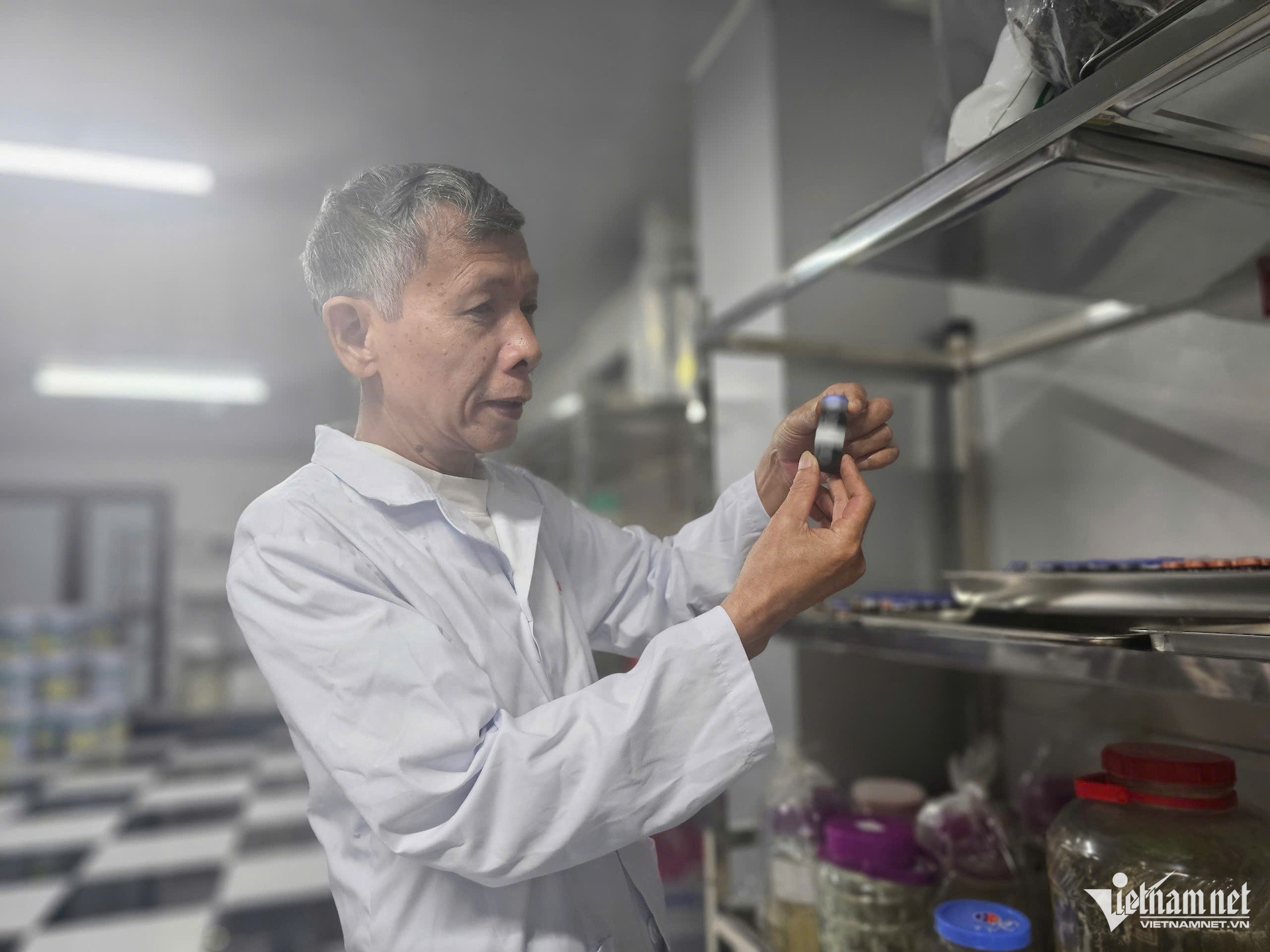
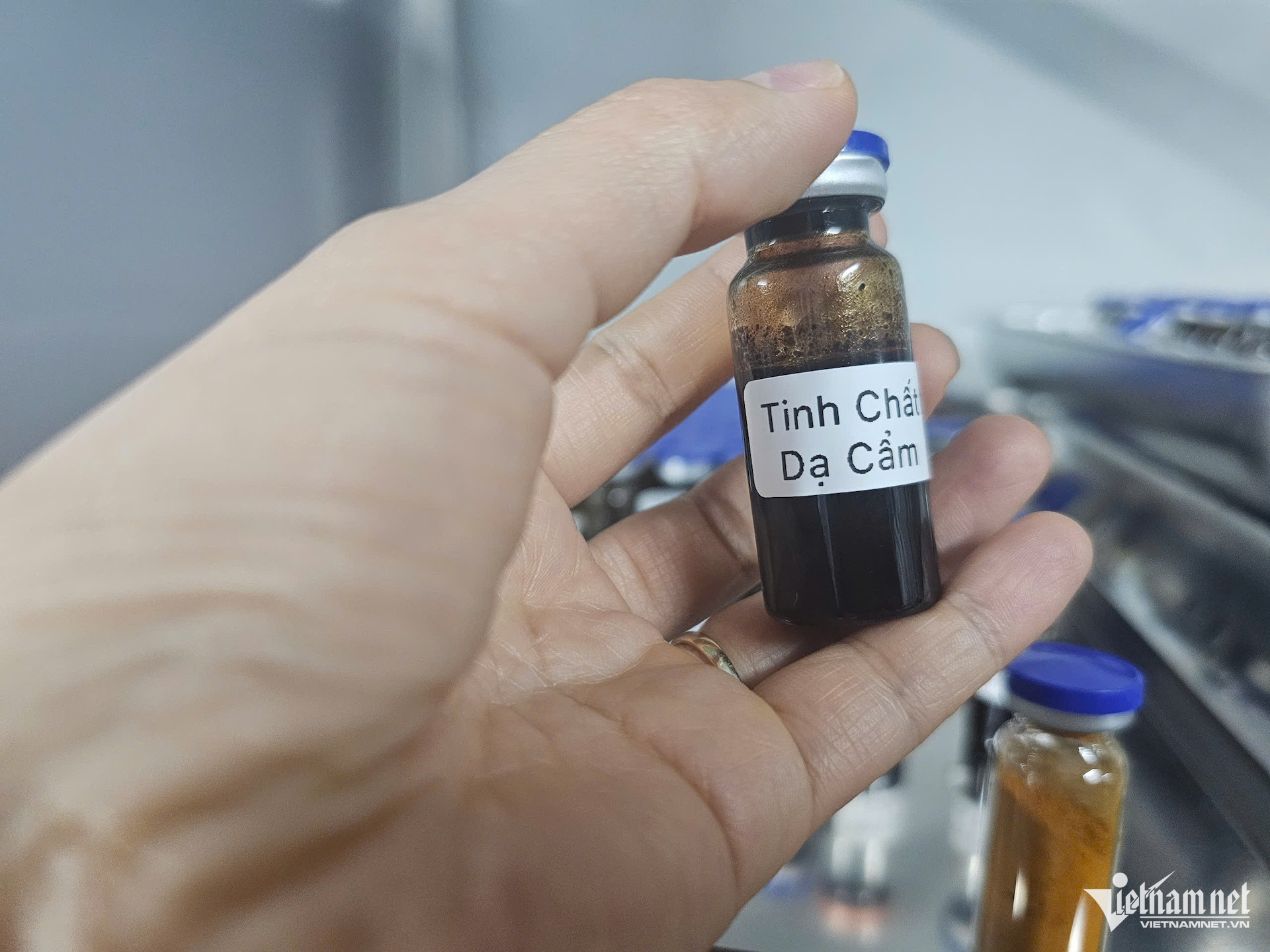
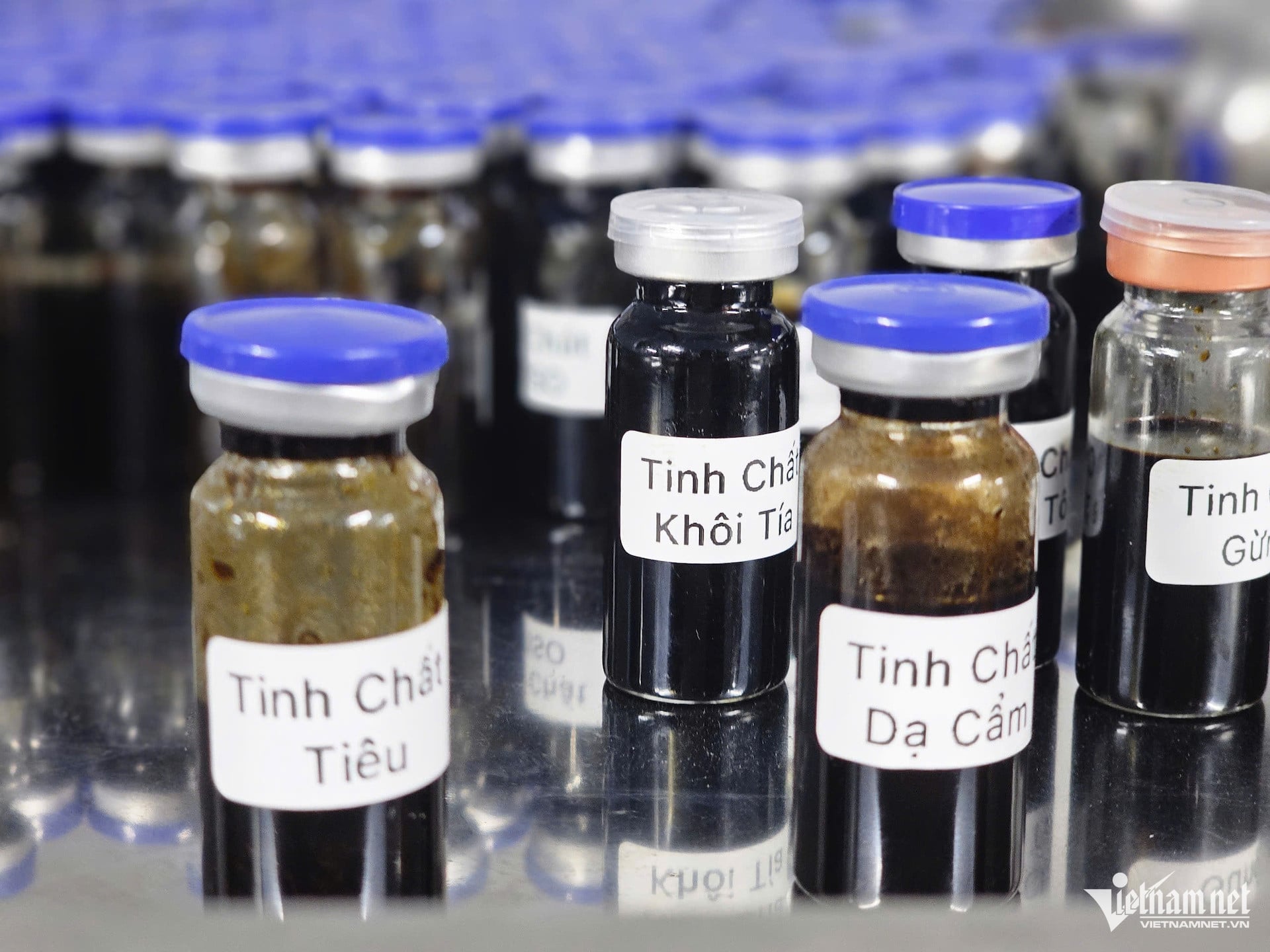
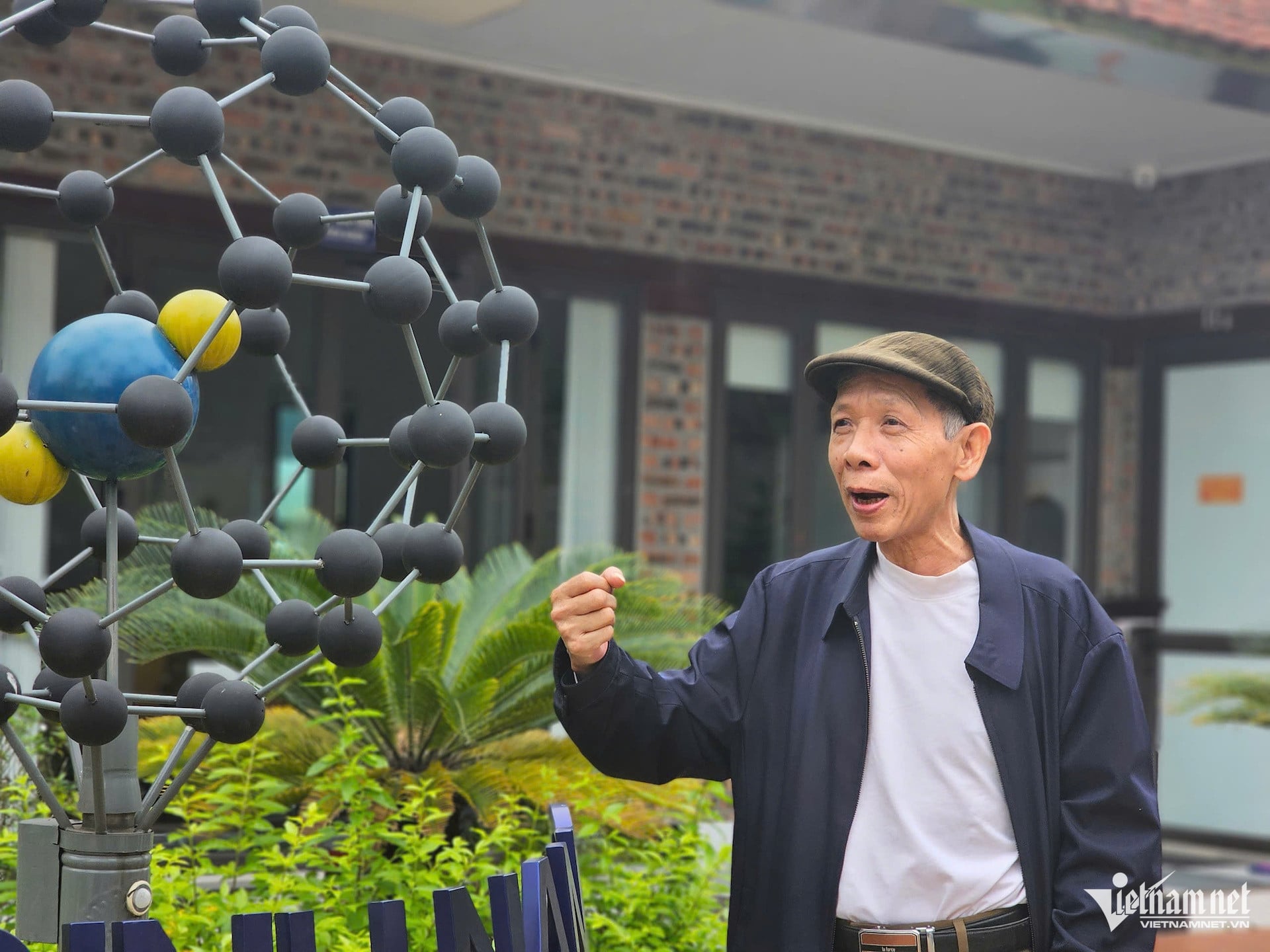
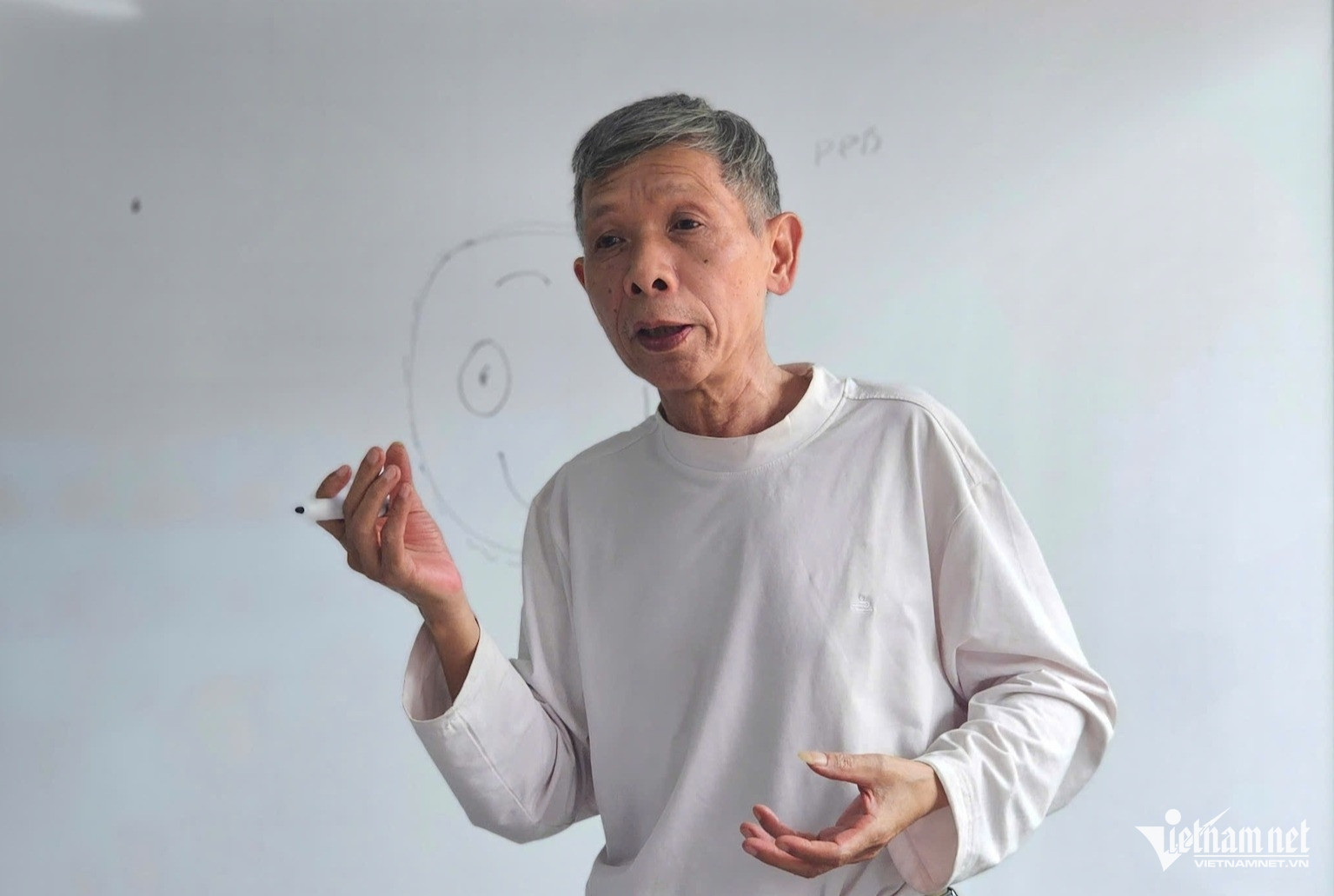






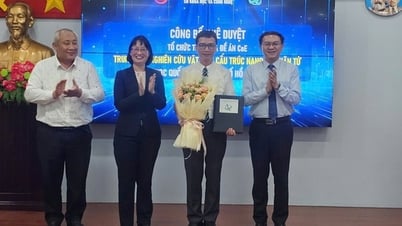

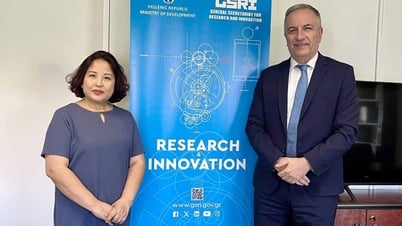

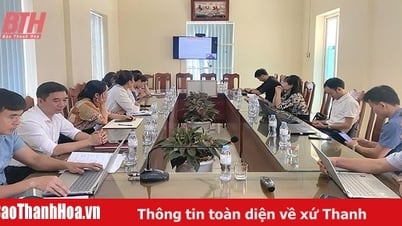



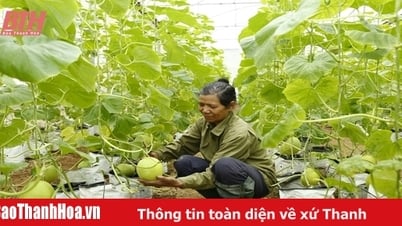


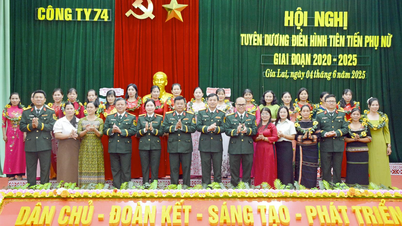




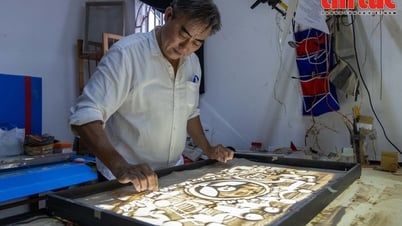













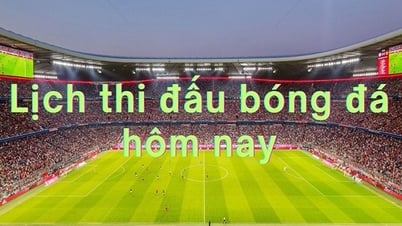

















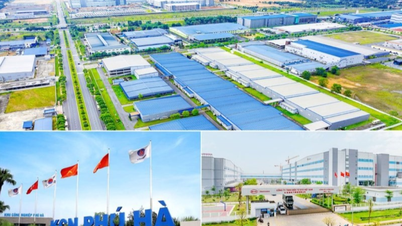


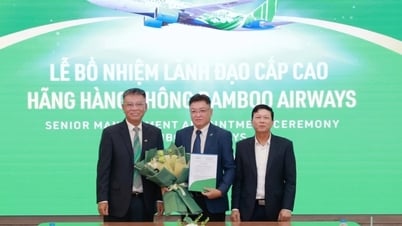






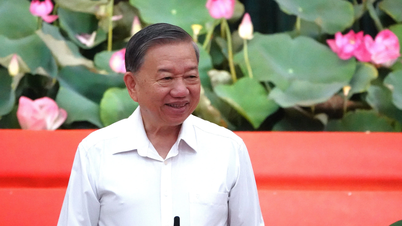
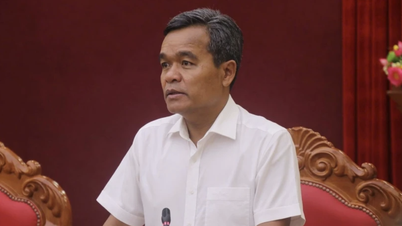
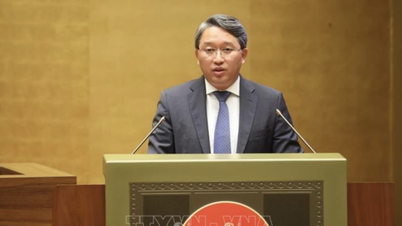
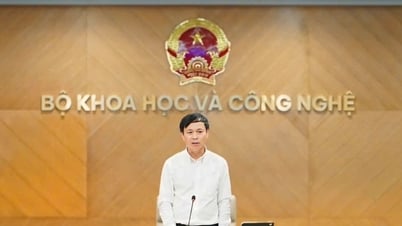

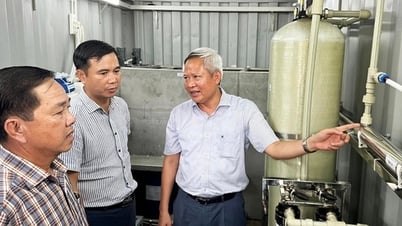



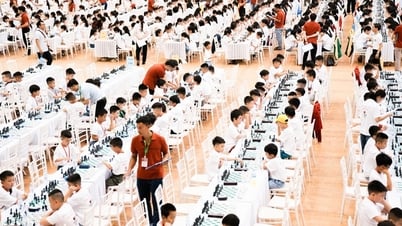



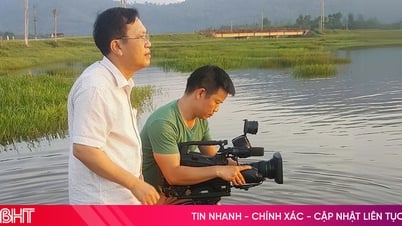

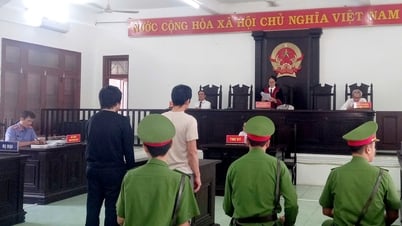



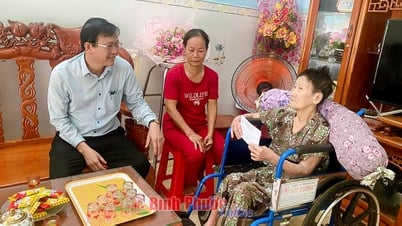

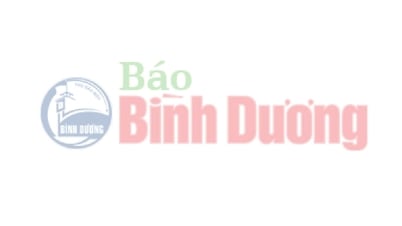












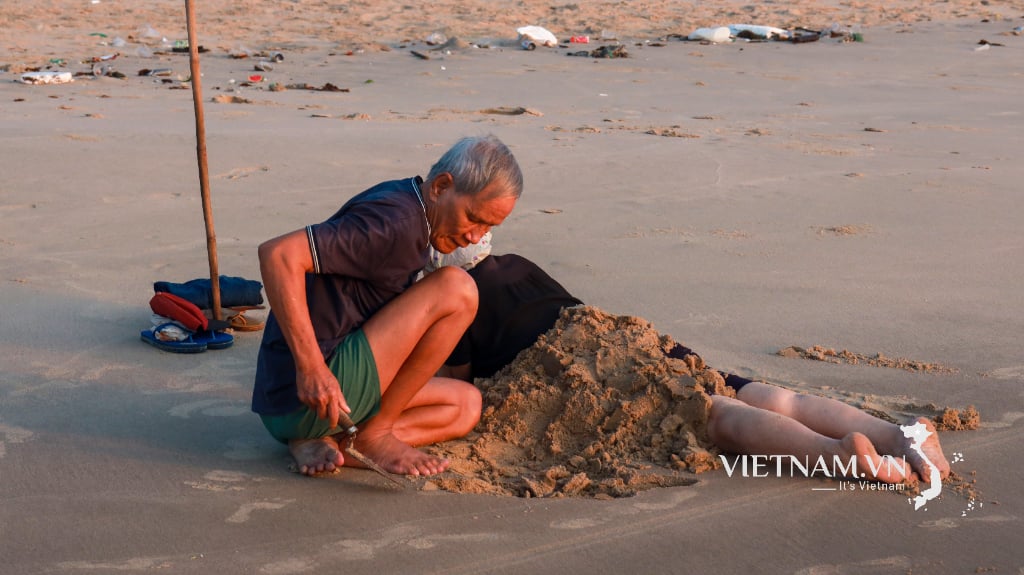

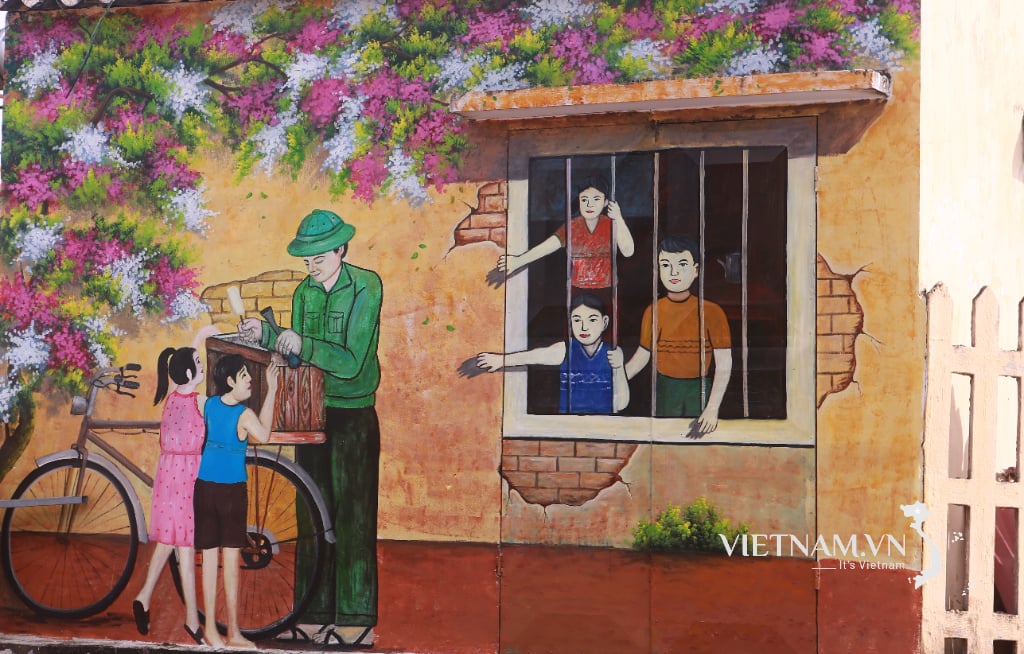

Comment (0)